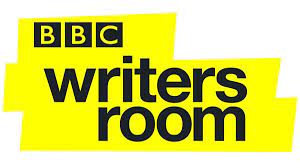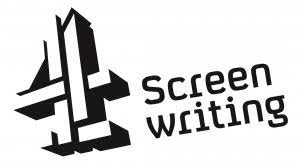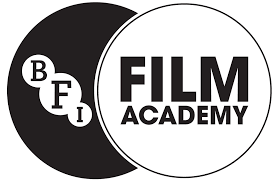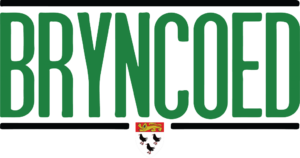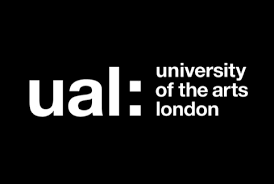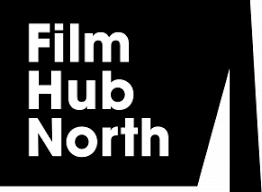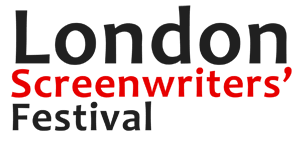CREATIVITY FOR SCRIPTWRITERS 1 day course London SUNDAY Feb 7th 2016
A course for scriptwriters in all media – TV, film, radio, theatre – designed to help you generate exciting ideas and characters, and give your creativity a boost with a day of fun, stimulating writing exercises. Run by TV drama script editor, producer and script consultant PHIL SHELLEY with guest speaker REGINA MORIARTY writer of the award-winning MURDERED BY MY BOYFRIEND (BBC).
http://www.script-consultant.co.uk/training/
Hi There,
In December last year, I spent a day at the C21 international drama summit at the BFI in London. It was a really inspiring, head-spinning day with a load of fascinating talks by people like Frank Spotnitz, all the UK Broadcaster drama commissioners, and many more.
But the best talk by far was by US writer / producer / showrunner CHIPS JOHANNESSEN, 45 minutes of pure screenwriting gold. He struck a chord with me immediately by talking about the small team of writer / producers with whom he has worked on three highly successful shows, the writers with whom he has learnt his trade – including British writer PATRICK HARBINSON, with whom I worked at Carlton / ITV a long time ago. Patrick used to move between the UK and the US writing big mainstream shows in both territories – how he managed to keep all the balls in the air was always a mystery to me – but highly impressive! I worked with Patrick on an absolutely brilliant 2 hour ITV film for John Thaw, loosely inspired by Coppola film, ‘The Conversation’ which sadly and frustratingly was never made.
During the talk I scribbled furiously but I’m afraid these notes barely do justice to the brilliance of Chips Johannessen’s talk – but I hope they’re of interest. I’ve added some of my own notes / interpretations in italics to try and expand on some of the things he was talking about.
C21 DRAMA SUMMIT: Chip Johannessen
Writer / Producer on MIILLENIUM, 24, HOMELAND.
He introduced the talk as technical hints about writing thriller TV. But added it’s not just about genre TV, it’s about all TV drama.
POV – MILLENIUM
SHOOTING STYLE – Dario Argento – horror story devices (eg subjective camera moves, lots of light and dark) – gets you into psychological mindset of the characters.
We thought about the scripts as a succession of pictures rather than being about dialogue. This POV gets baked into the script. Every scene has a POV. The story has a character POV, not a writer POV.
CAUSE AND EFFECT – Constantly ‘driving the past into the future.’ So basic to story-telling. But it goes out of the window if you don’t keep being constantly reminded.
W.O.O.S – getting the ‘Writer Out Of Script’ – about story not about the writer. This idea of getting the WRITER OUT OF THE SCRIPT was a theme he kept coming back to – ie drama is about STORY. And when the writer is visible, it’s not good.
CULT OF CARDS – became a religious fervour on the show. You build the story on the board, you never discover it in the writing. A friend said ‘What the cards do is make non-writers into writers’ – as a criticism, but to me, this is alchemy. His whole method show-running and writing is about creating the show ‘in the room’, scene by scene, beat by beat. Once the story has been hammered out in the room, it’s (almost) writer-proof.
ASTRINGENCY – ‘trying to drive the past into the future’ – everything has to do this. Stories are not robust. They’re very, very fragile. Eg you address 3 bad executive notes, and you can ruin a whole script. And you can do this to yourself – addressing well-meaning but wrong notes. I don’t believe in character scenes. Code for ‘nothing going on here’. If a scene or line is not necessary, delete it.
I think this idea – that good scripts are fragile and need to be protected, and that bad notes can seriously damage a script – is very true. As writers you need to know and believe in the strengths of your script.
24 -REAL TIME – the big innovation of ‘24’.
SHOOTING STYLE – all the horror story vocab gone. Lighting simplified. But strong sense of story POV retained. Camera at ‘human height’. Camera very much in the action. Seeing things from our hero’s POV. On ‘24’ 2 or 3 cameras running all the time.
Not SUI GENERIS. In ‘24’ Real Time transforms the way things happen – it’s real, actually happening – no jump cuts, flashbacks etc – all about the physical life of our characters. This really doesn’t require any talk. And we have strong sense of where characters have come from and where they’re going to – the context of each scene. And this – where the character has come from and where he is going to – is fundamental to the story-telling.
PHYSICAL LIFE. In ‘24’ a scene should only be about one thing. Something we retained in ‘Homeland.’ An interesting variance on accepted screenwriting wisdom!
WOOS. We don’t do ‘themes’ and we remove all the writerly conceits. Eg we don’t create artificial crescendos. We play things out in a natural way.
CULT OF THE WRITERS ROOM
IMPERFECT SERIALIZATION – one of the pioneers / first shows that was binge-watched on DVD box-sets. We discussed Jack Bauer’s emotional life – but we had to throw that all away when we started plotting 24 episodes – replaced by plot detail. A cliff-hanger was the one writerly conceit we retained in the show. A good cliff-hanger is not an action cliff-hanger – rather something that upends your story eg ‘The president’s about to be assassinated’ ‘Yes Jack and you’re going to do it.’ Great hook.
‘24’ stories had Aristotle’s unities of action, time and place.
unity of action: a play should have one action that it follows, with minimal subplots.
unity of time: the action in a play should occur over a period of no more than 24 hours.
unity of place: a play should exist in a single physical space and should not attempt to compress geography, nor should the stage represent more than one place.
HOMELAND – VERISIMILITUDE & PLAINSPEAK
SHOOTING STYLE – ‘Verite’ style. Away from idea of coverage. Cuts made more in camera.
Cf 24
WOOS – get the writer out of the script by making everything real. Whereas in ‘24’ we prided ourselves on the total lack of research – ‘just made that shit up’; everything was made up by the writers – our badge of honour. But on ‘Homeland’ we did huge research. Many expert consultants on the show for the sake of reality. We tried to get that stuff right. Aimed for naturalistic dialogue style. Tried to take out the heavy hand of the writer. Listened out for the difference between how characters talk on TV – and how people really talk in everyday life on the street. Got rid of all vestiges of the writer having been there – writerly conceits. Just write the damn scene. Get rid of everything that could be considered a device. He talked about how the writers spent a lot of time listening to the realities of how people really speak.
CULT OF THE WRITERS ROOM – this is what makes it work. Although on HOMELAND we had problems with 24 episode season. Order reduced to 12 episodes – much more manageable. But 12 episodes still exceeds one person’s ability to write all. So we have to sit in the room together. We all need to see all the cards and know everything. But once we have the cards, any of us could write the script. When working out the story in the room, with the cards, we bang our heads against the wall, take every wrong turning in the book until finally we get there. In this way you get a writing process that is so simple it’s almost terrifying. You’re there with your characters, and you just let them speak – see how they drive the past into future and just let them speak.
For more Chips Johannessen, here’s an almost 2 hour interview in the US ‘National Writers Series’, where you’ll get a fuller explanation of some of my patchy notes.
https://www.youtube.com/watch?v=JH3rWhT-9D8
Until next week
All the best
Phil
PHILIP SHELLEY
www.script-consultant.co.uk
@PhilipShelley1
Jan 22nd 2016


